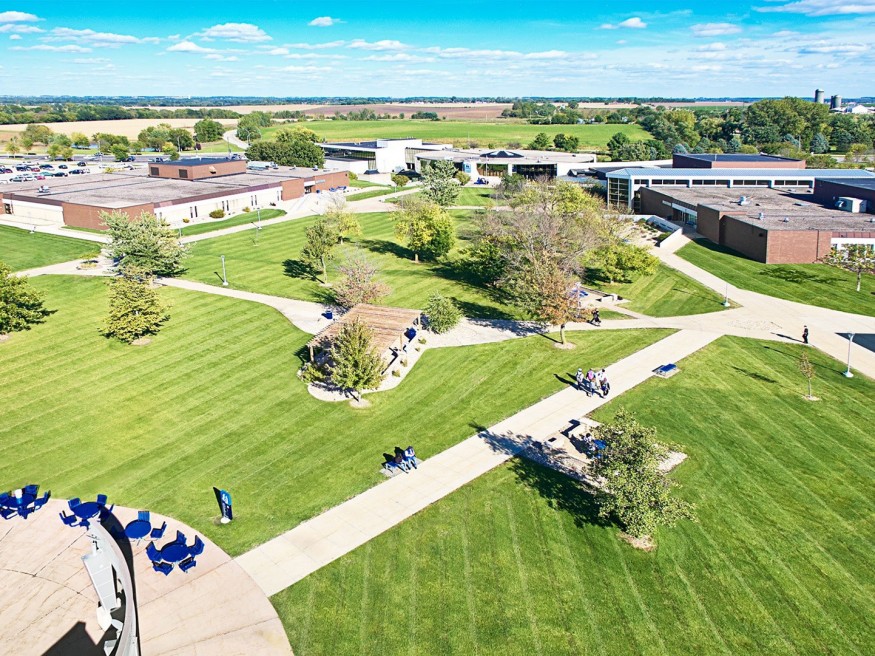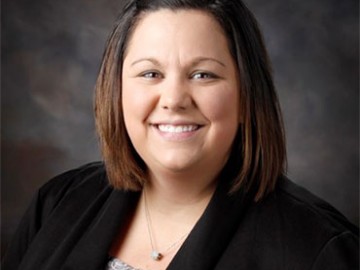Getting faculty invested in student success

Key takeaways
- Technology can open up opportunities for greater faculty involvement
- Adequate training is required for faculty
- Stressing the importance of early engagement is crucial
Most institutions take student advising seriously. After all, monitoring and assisting at-risk students is an important step in keeping graduation rates from falling. But at Hawkeye Community College, where I am the associate director of advising and orientation, we strive to make student advising a central piece of the college experience.
Here’s one approach we have taken—and it has proven to be highly successful.
Hawkeye Community College (HCC) is located in a rural area south of Waterloo and Cedar Falls. We serve 10 counties and 5,000 students. We also have a large number of transfer and continuing/technical education students. That means we have to be sensitive to the needs of a diverse student body coming from various backgrounds and circumstances—from first-generation students fresh out of high school to mature learners with work and family pressures who are returning to school.
In 2017, we assessed our student advising processes and procedures, and we found that our advising system was lacking. To remedy this, we took a couple of steps. First, we added some additional advising positions—including one liberal arts advisor and eight student success specialists who would be positioned in the academic buildings across campus, rather than concentrated in administrative buildings, since students don't generally get outside of their comfort zone.
At this point, we had the people in place, but we didn't have a single consolidated system that would help advisors flag students to get them moving in the right direction. We knew that this was just a small piece of the puzzle, and that obtaining a holistic view of the student and his or her success would also depend on another important factor: HCC’s faculty.
We implemented Ellucian CRM Advise to help facilitate communication and assist us with our new advising system. We viewed Advise as a heavy investment in retention and looked at how we could use an early alert system to reach out to students, establish a relationship, and help them through the 16-week semester—and eventually, to graduation.
Prior to having the CRM, we waited for students to come to us and identify that they had a problem—or we would wait for a faculty member to send us an email or give us a call indicating a student needed help.
So how did we get faculty on board with this system—and how are they using it so far?
- We began by discussing the importance of early intervention with the faculty, emphasizing the fact that if a student isn't doing well in your class, it’s likely that they're not doing well in somebody else's class. We talked about the need to see the full picture, so if a psychology instructor is submitting an alert but the student’s Western Civ instructor is not, we really don't have a complete view of what's going on.
After hearing about the new system, the faculty thought this was an easy way to make sure their information was getting to the right person, and they felt like this was a way to make sure that their voices were being heard. These alerts now go directly to the proper advisor assigned to that student.
- Next, we discussed how to simply submit an alert. We made the process easily accessible to the faculty—it was all right there in a dashboard that they were used to using on a regular basis throughout the semester, where they submit grades and attendance reporting for financial aid. There is also an app if they wish to download it on their phone.
After a faculty member submits an alert, a success specialist or advisor will attempt to make first contact with the student within 24 hours of the submission. But in order to keep faculty using the system, we found that it’s important to “close the communication loop.” That means once our staff has reached out to the student, they contact the faculty by saying, "I got your alert, I'm reaching out to the student," and they offer a brief update.
- And finally, training: For our instructors, or those teaching online courses, we offered in-person and virtual sessions where we explained how important their role was in student success, and why we needed to know how students were doing in their classes. We showed them the advisor dashboard so they could see exactly what the advisors were seeing. We also provided a slew of helpful PDF documents for faculty—from simple things like how to access the portal, to resources for student referrals. We created a webpage on which faculty could find the answers to student inquiries, along with a list of frequently asked questions.
The results:
We started using the new alert system in spring 2018, and we had 390 alerts submitted from 55 faculty. Although that doesn't seem like a lot, that was still an impressive beginning. By the fall, we more than doubled our alert submissions to 823 alerts from 75 faculty.
To build enthusiasm for the new alert system, we began to share success stories through a publication called Hawkeye Happenings, where people can submit things that staff have done that have really been for the benefit of the student. Our college president then sends out a thank-you card to those staff with a little token of appreciation.
We want faculty to feel like they’re not alone in the classroom—that we’re all in this together, with the ultimate goal of helping students. And it looks as if all of these efforts are paying off. Last spring, we processed 702 alerts from 80 faculty and are beginning to enjoy the benefits of a well-rounded alert system with participation across campus, allowing us to build a holistic profile of at-risk student for our outreach.


